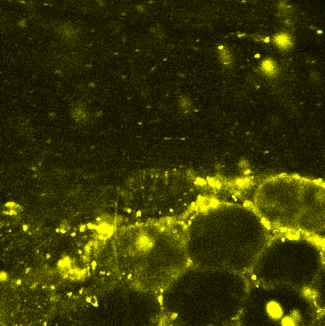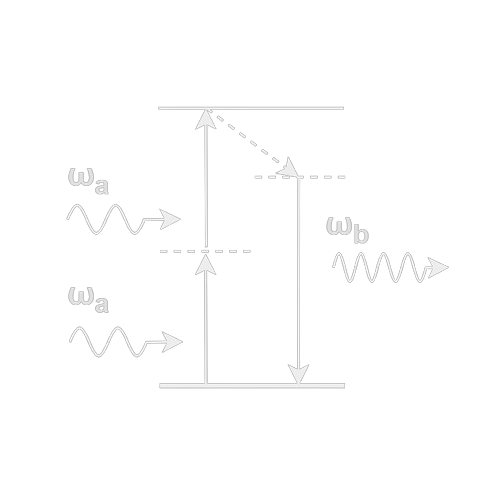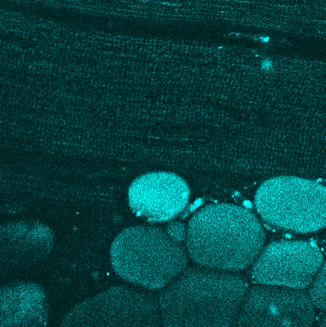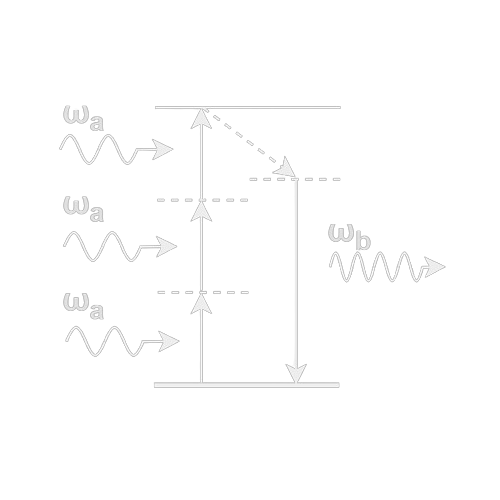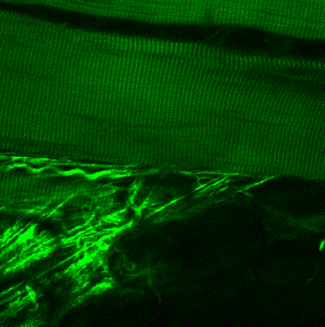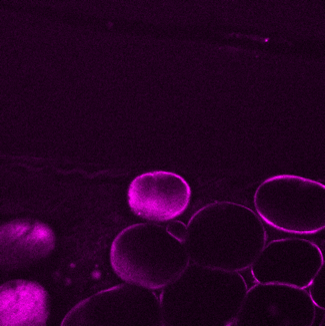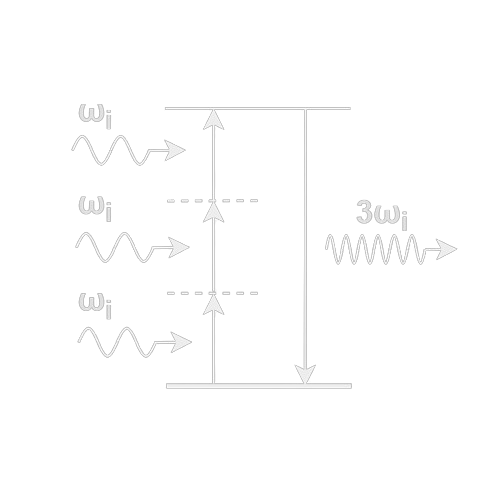TECHNOLOGY
Our technology is transforming the way in which diseases are detected and treated, leading to better patient outcomes.
Conventional methods of histopathology involve laborious tissue staining and processing, reducing productivity and accuracy.

We imagine a future where the diagnosis of diseases like cancer is faster, more accurate and personalized.
Our technology eliminates the need for traditional manual tissue processing and staining, allowing non-perturbative, quantitative and accelerated histopathology.

By harnessing the power of nonlinear imaging and artificial intelligence, we aim to provide pathologists with instantaneous tissue analysis.
FEATURES
Tetraquant™ provides 4 imaging channels through the use of a single excitation laser and photonic crystal fiber.
Inbuilt vibration dampening and a light-tight build makes Tetraquant™ suitable in any lab environment.
IMAGING CHANNELS
Red Autofluorescence
Two photons are absorbed simultaneously, leading to a higher energy state.
Used for obtaining an autofluorescence signal from FAD (Flavin Adenine Dinucleotide), which in combination with NADH (Nicotinamide Adenine Dinucleotide), provides metabolic information.
Fluorophores absorb photons at focal point of laser, and the resulting 2PF signal is collected by a photomultiplier tube.
Blue Autofluorescence
Three photons are absorbed simultaneously, leading to a higher energy state.
Used for obtaining an autofluorescence signal from NADH (Nicotinamide Adenine Dinucleotide), which in combination with FAD (Flavin Adenine Dinucleotide), provides metabolic information.
Fluorophores absorb photons at focal point of laser, and the resulting 3PF signal is collected by a photomultiplier tube.
Second Harmonic Generation
Two photons of the same frequency interact with a nonlinear medium, producing a new photon with two times the incident frequency.
Used for obtaining signal from collagen and fibrous structures in the extracellular matrix.
A fundamental frequency photon generated by the laser coherently produces a new photon with twice that frequency, which constitutes the SHG signal.
Third Harmonic Generation
Three photons of the same frequency interact with a nonlinear medium, producing a new photon with three times the incident frequency.
Used for providing contrasts based on optical heterogeneity and boundaries within tissue samples.
A fundamental frequency photon generated by the laser coherently produces a new photon with thrice that frequency, which constitutes the THG signal.
